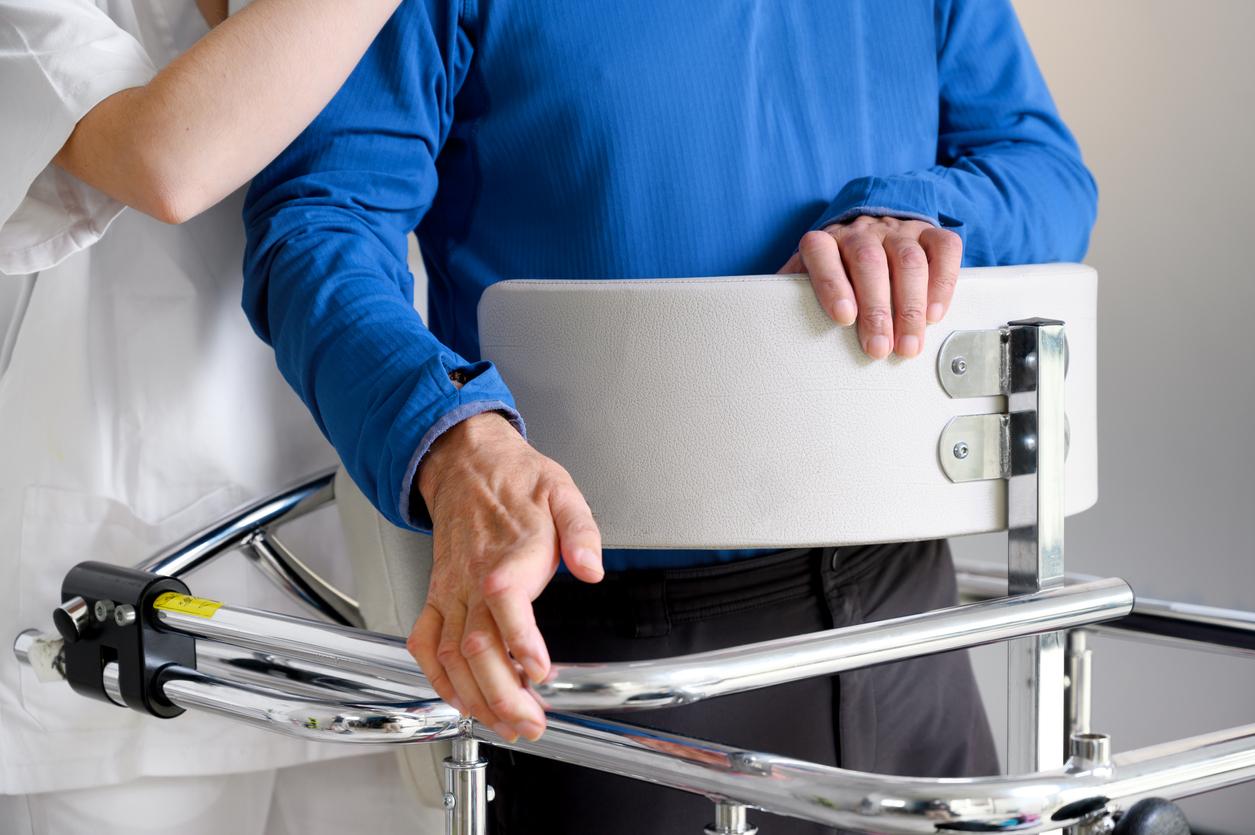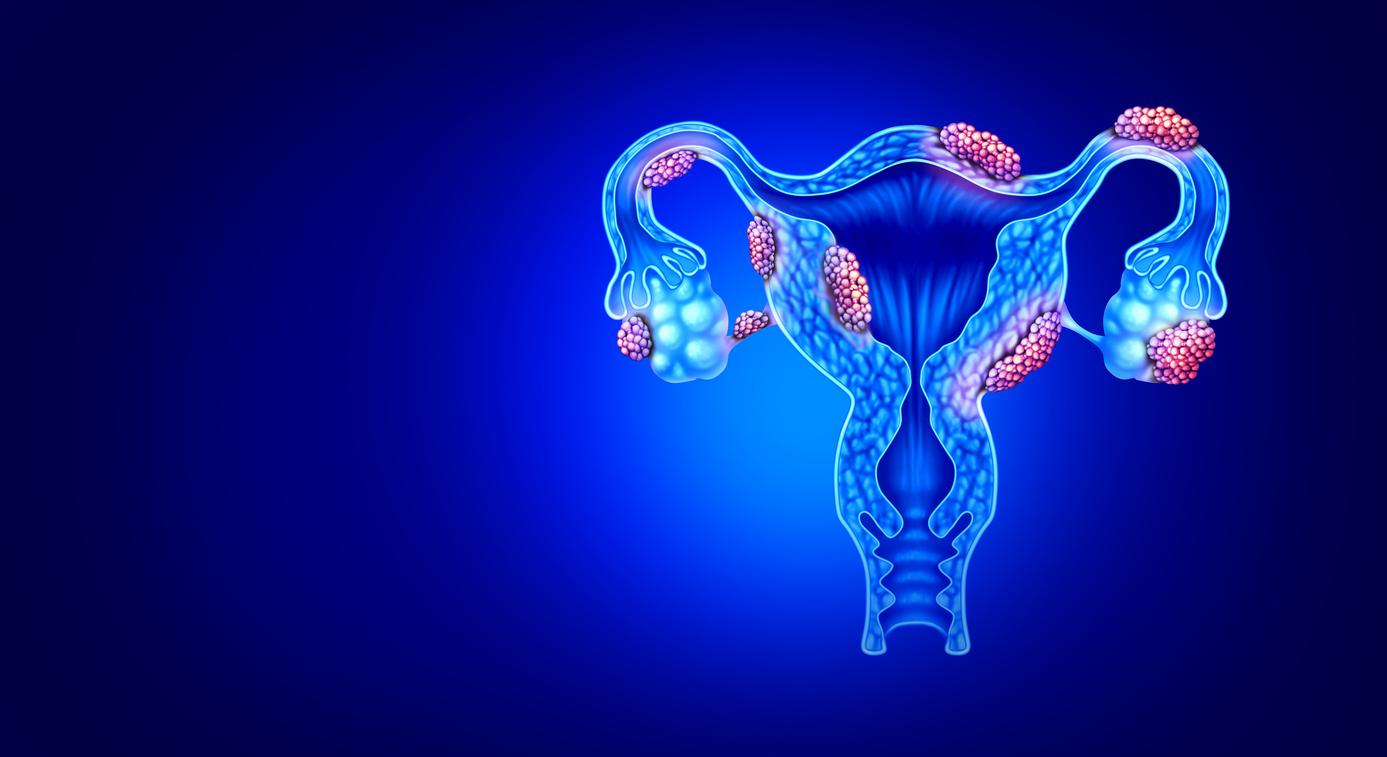
The pain of women is not taken as seriously as that of men. This is what deplores a new study published last March in the Journal of Pain. Through two experiments, the researchers thus demonstrated that for a similar intensity of pain, the pain of women is underestimated compared to that of men.
Women’s pain is taken less seriously than men’s
According to a recent study published on March 5, 2021 in the Journal of Pain, women are taken less seriously than men when both sexes express similar pain intensity. To arrive at this observation, the researchers carried out two experiments. The first consisted of showing 50 participants various videos of patients (women and men) suffering from shoulder pain. For Elizabeth Losin, professor of psychology, director of the neuroscience laboratory at the University of Miami and co-author of the study: “ one of the benefits of using these videos of patients who are actually suffering from an injury is that we have patient reviews of their own pain. […] We had a ground truth to work with, which we can’t have if it’s a stimulus with an actor claiming to be in pain. “.
The patients’ facial expressions were then analyzed using an anatomy-based computer system, resulting in an objective score of the pain intensity of the patients. By viewing the videos, the participants of the experiment were then asked to rate the pain intensity of the patients on a scale from zero to 100. In the second experiment, 200 participants were asked to rate the pain. pain intensity of patients while completing a questionnaire. It emerges that with equal pain intensity, the majority of participants felt that the man suffered more than the woman.
Different treatments linked to gender stereotypes
The results of the experiments thus showed that the pain of women tended to be underestimated compared to that of men. But that’s not all. The study also reports that these pain-related gender stereotypes had consequences for the treatments chosen by the participants. Indeed, those responsible for assessing and treating patients’ pain have tended to prescribe more psychotherapy for women, and more pain medications for men.
In addition, as men are seen as more resistant to pain, their suffering is taken more seriously when they express it. According to Elizabeth Losin “ If the stereotype is to think that women are more expressive than men, maybe even ‘too’ expressive, then the tendency will be to ignore the painful behaviors of women. “. The authors of the study thus conclude “ These results suggest that gender bias in pain estimation may be an obstacle to effective pain management, and that experimental approaches to characterize bias, such as the one we tested here, could inform development. interventions aimed at reducing these biases “.















